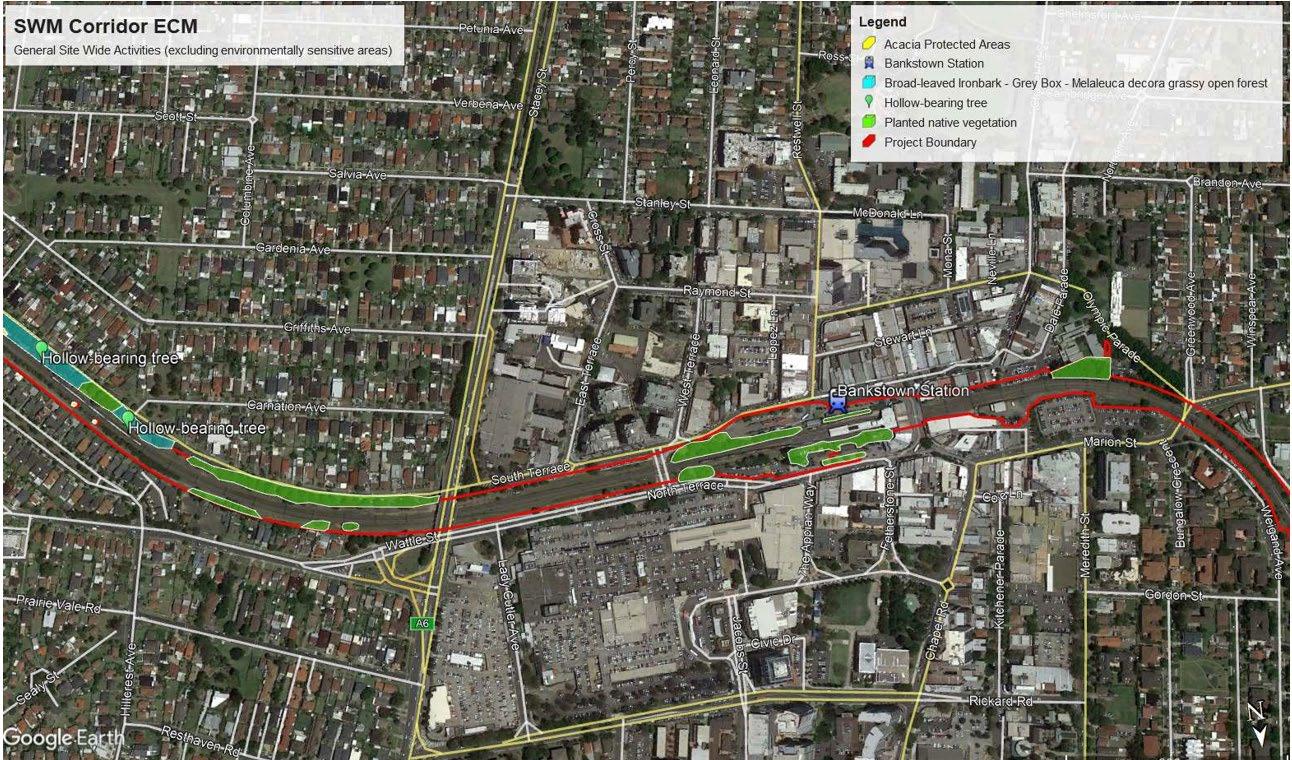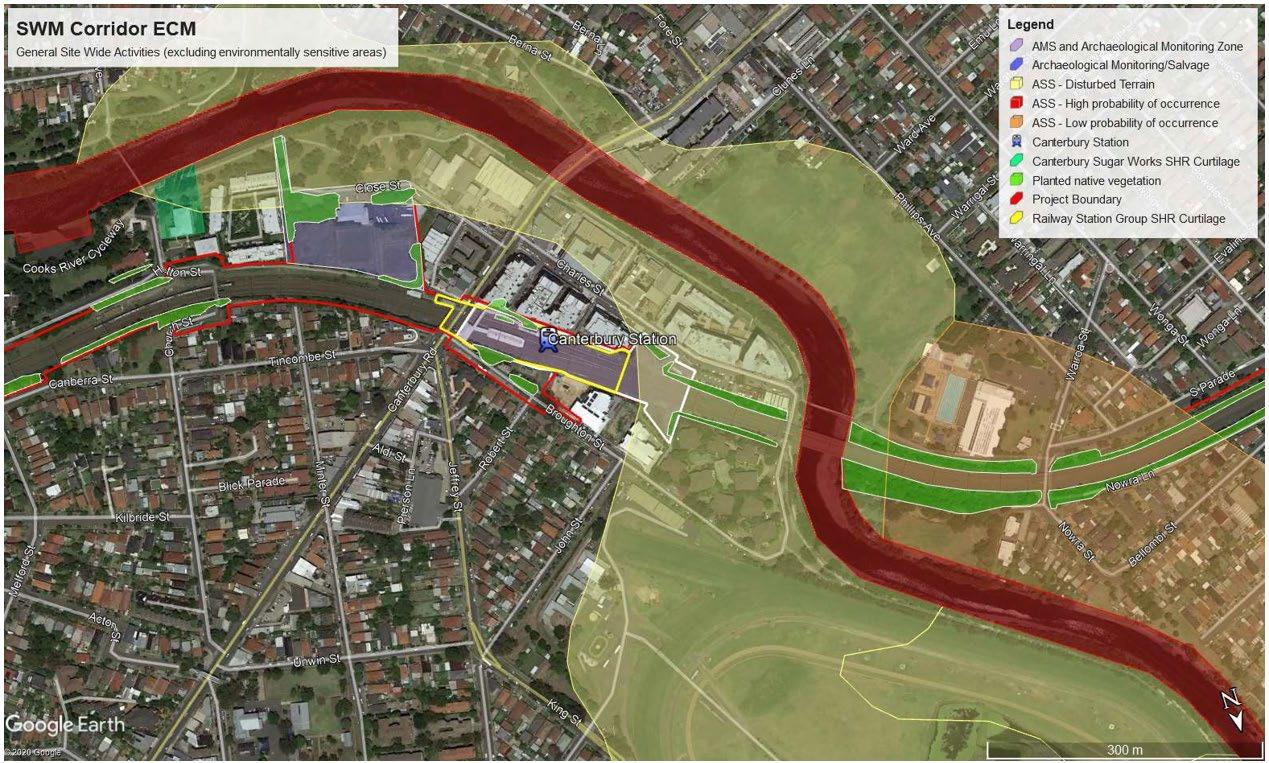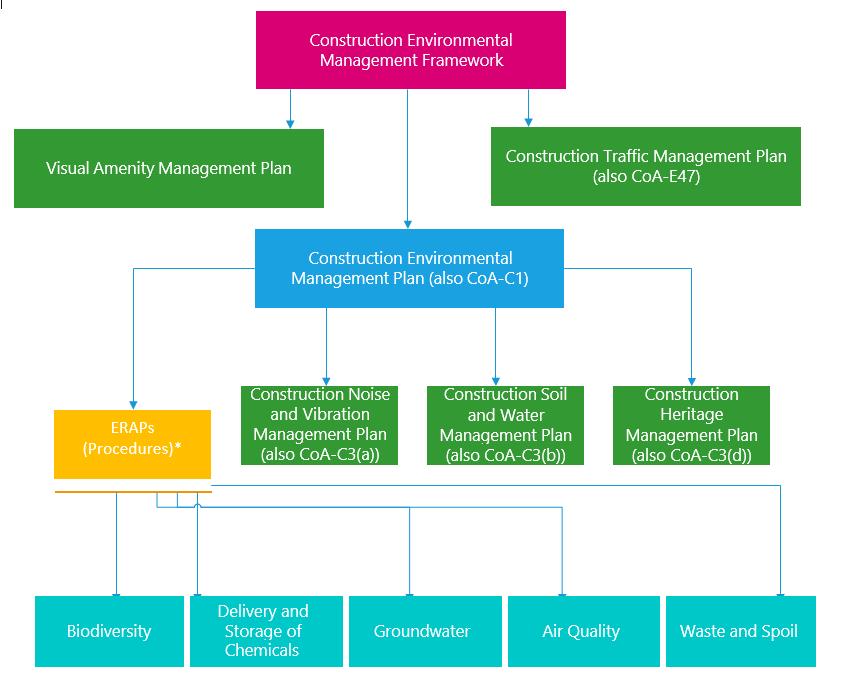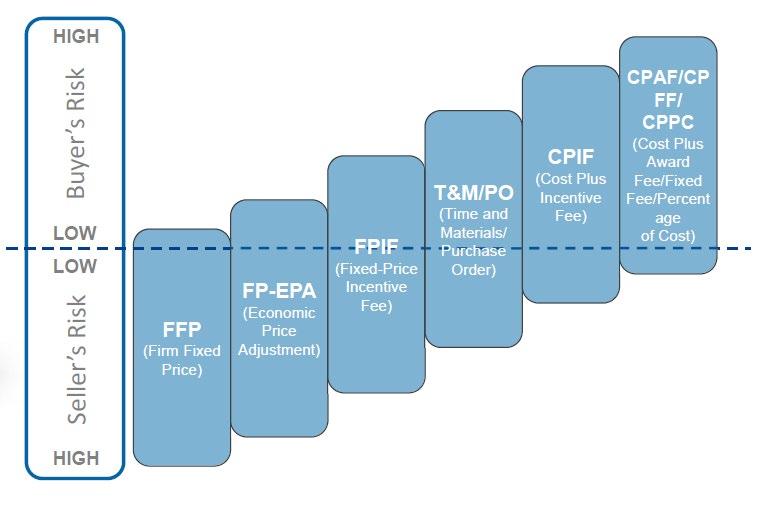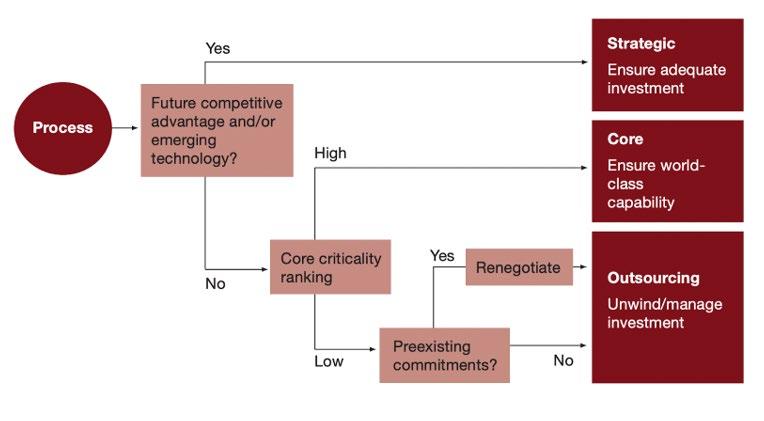
5 minute read
Table 7: Cost Variance Control Thresholds
Table 7: Cost Variance Control Thresholds
When >1, this means that this project is under planned cost, which means that the
cost at specific work package is smaller than the original budget. If , this project
is considered as a cost overrun one. Nevertheless, if CPI falls into the green condition, it
indicates that this project is performing well and in a good state. However, if >1 and
reaches the red condition threshold, it indicates that some errors have existed in cost estimation and the relevant cost control team needs to put effort into corrective action. Notifying the change control board and project sponsor by the project manager within a certain period is necessary. Through corrective action, it is reasonable to adjust the project performance to the desired level.
As for the SPI, the explanation and analysis process are similar to the CPI.
Consequently, the cost variance response process is summarised below as a flow chart.

5.7 Cost Baseline Change Control Process
This procedure applies to the entire life cycle of the Sydney Metro project. This procedure must be followed for any baseline change that crosses the change control thresholds defined in the Sydney Metro Project Execution Plan.
Changing project cost control is subjected to the Cost Variance Response. In short, a Baseline Change Request (BCR) is required whenever there is a change in:
● Scope of Work
● Stakeholder Responsibilities
● Schedule
● Budget
● Funding
Cost Baseline Change Process Details
Step 1: Initiate Change Request (Responsibility: Site Office, Project Office, System
Manager, Control Account Manager, Project Control Team)
Step 2: Prepare Preliminary Briefing to CCB (Cost Control Board)
(Responsibility: Site Office, Project Office, System Manager, Control Account Manager, Project Control Team)
Topic required to be addressed:
● Summary of what change is requested in the drat Baseline Change Request Form
● Background information
● Describe the key problem
● Describe the proposed solution to the problem
● What is the impact of the change (technical, schedule, key milestones, cost, resources, funding)
● Any other details pertinent to the proposed change request – what else may be involved or impacted that will help the Change Control Board in their decision-making process.
Step 3: Proceed (Responsibility: Cost Change Control Board)
At this stage the Cost Change Control Board can do one of two things:
● Decline the proposed change request. The Baseline Change Request Form moves to Step 4 in the process.
● Approve the proposed change. The Baseline Change Request Form moves to Step 5 in the
process.
Step 4: Revise Briefing (Responsibility: System Manager, Cost Control Account Manager and Control Team)
Once the change request is declined:
● When this occurs, the change control process stops. There is no change request to process.
● Request the draft Baseline Change Request Form and proposed change briefing content be revised based on specific instructions from the Change Control Board (identify what needs to be updated). When this occurs, the process returns to step 2.
Step 5: Assign BCR (Baseline Change Request) Number and Create Log Entry (Responsibility: Project Control Team)
Once the draft Baseline Change Request has been approved by the Change Control Board, the request is assigned a unique Baseline Change Request number and is entered into the Change Control Log database. The cost change form is shown below.

Step 6: Create Offline Cost Data (Responsibility: Project Cost Control Team)
Based on the initial Baseline Change Request Form contents, the project control team assesses the impact of the change to the schedule and cost baselines. This what-if analysis is performed in a separate, offline cost/schedule database.
Step 7: Update BCR (Baseline Change Request) with Delta Cost Data (Responsibility: System Manager, Cost Control Account Manager and Control Team)
The originator of the Baseline Change Request updates the request form with the more accurate assessment of the impact of the change request from the project control team (schedule, cost, and technical).
Step 8: Prepare Final Briefing to CCB (Responsibility: System Manager, Cost Control Account Manager and Control Team)
The originator of the request is responsible for preparing the content of the final presentation of the change request to the Change Control Board.
Step 9: Present BCR to CCB (Responsibility: System Manager, Cost Control Account Manager and Control Team)
The originator of the request is responsible for presenting the content of the change request form to the Change Control Board.
Step 10: Recommend for Approval? (Responsibility: Change Control Board)
Step 11: Rework BCR? (Responsibility: System Manager, Cost Control Account Manager and Control Team)
When the Change Control Board declines the proposed change request, they can do one of two things:
● Reject the proposed change request. When this occurs, the change control process moves to Step 12.
● Request the Baseline Change Request Form and proposed change briefing content be revised based on specific instructions from the Change Control Board (identify what needs to be updated). When this occurs, the process returns to Step 7.
Step 12: Remove BCR from Log (Responsibility: Project Cost Control Team)
When a change control request is rejected, the Change Control Log database must be updated. The Baseline Change Request is deleted from the Change Control Log database and the process stops.
Step13: Determine Required Signature Level (Responsibility: Project Cost Control Team)
Once the Baseline Change Request has been approved by the Change Control Board, the board assesses who is authorized to approve the changes. This approval is based on who originated the request and the scope of the request.
Step14: Sign BCR (Responsibility: Site Office, Project Office, System Manager)
The appropriate approving party or parties sign the Baseline Change Request Form and return it to the Change Control Board.
Step15 Implement BCR and Update Log
Once the Baseline Change Request Form is signed, the Change Control Log database is updated to note the date the form was signed and when the changes were implemented in the schedule and cost baselines. The Change Control Log database notes any summary level changes to the project (total costs, management reserve/contingency) as a result of the change request.
The Major Process is depicted as a flowchart shown below:
(The flowchart is referred to the Project Management Plan generated by Stanford Synchrotron Radiation Laboratory)



